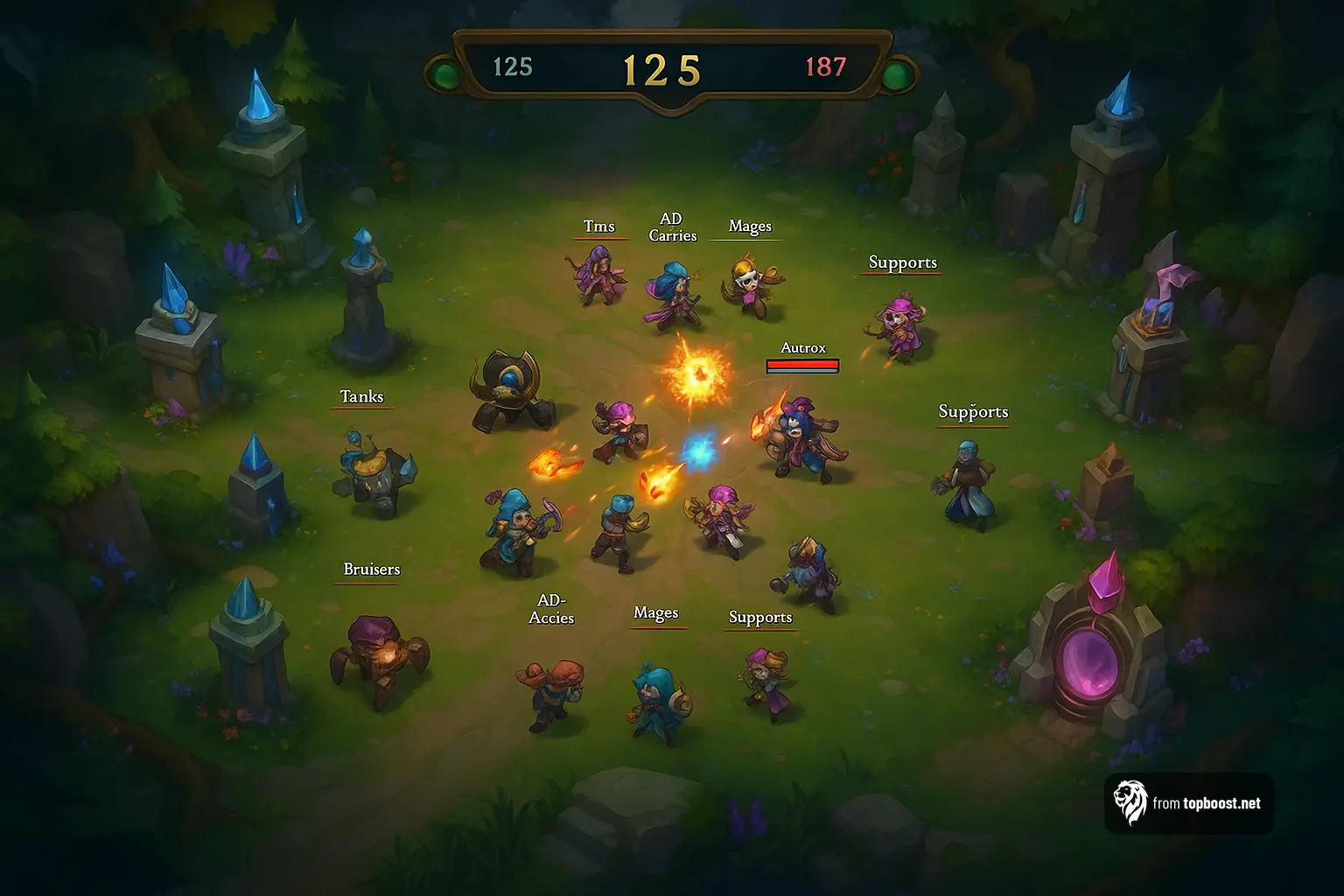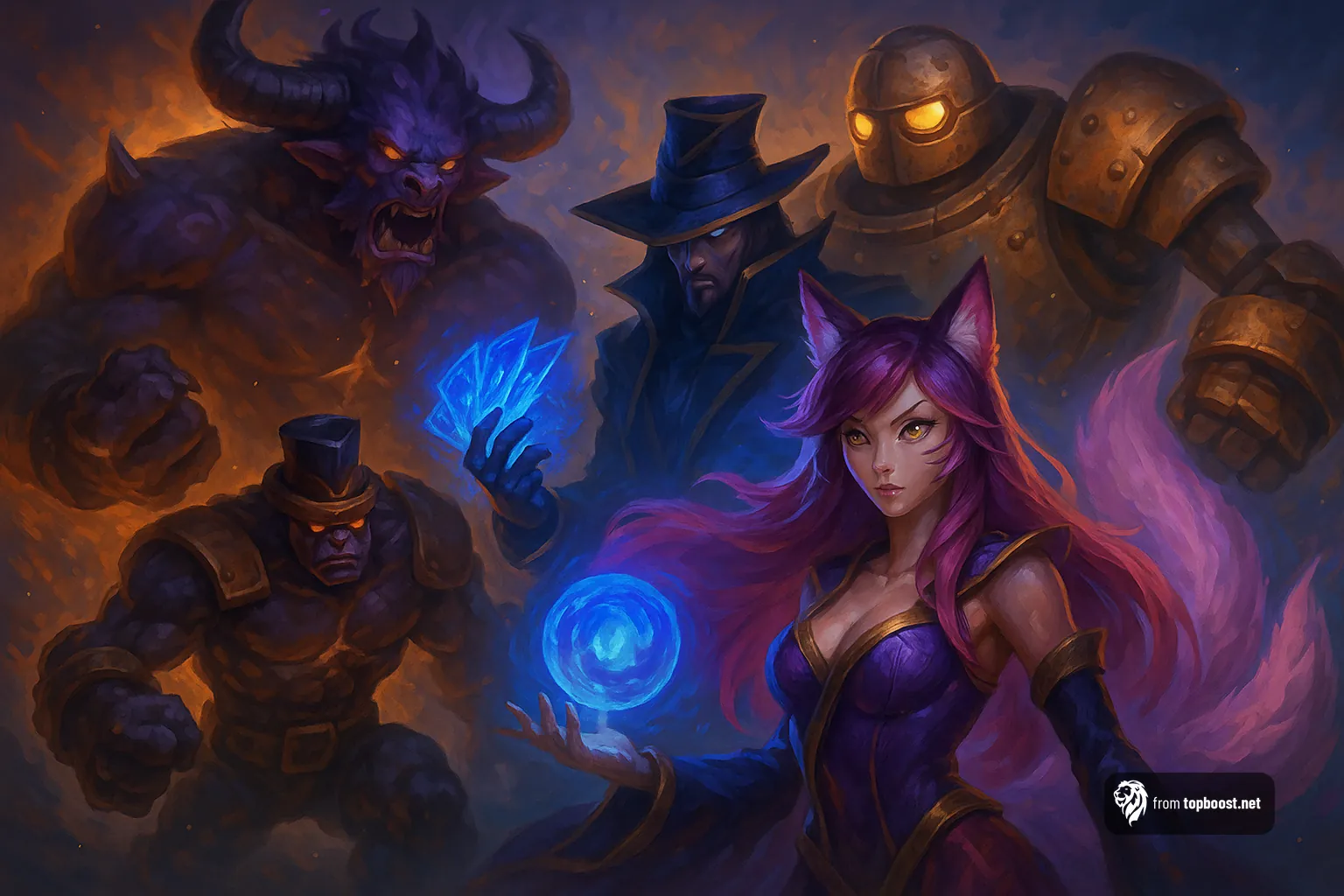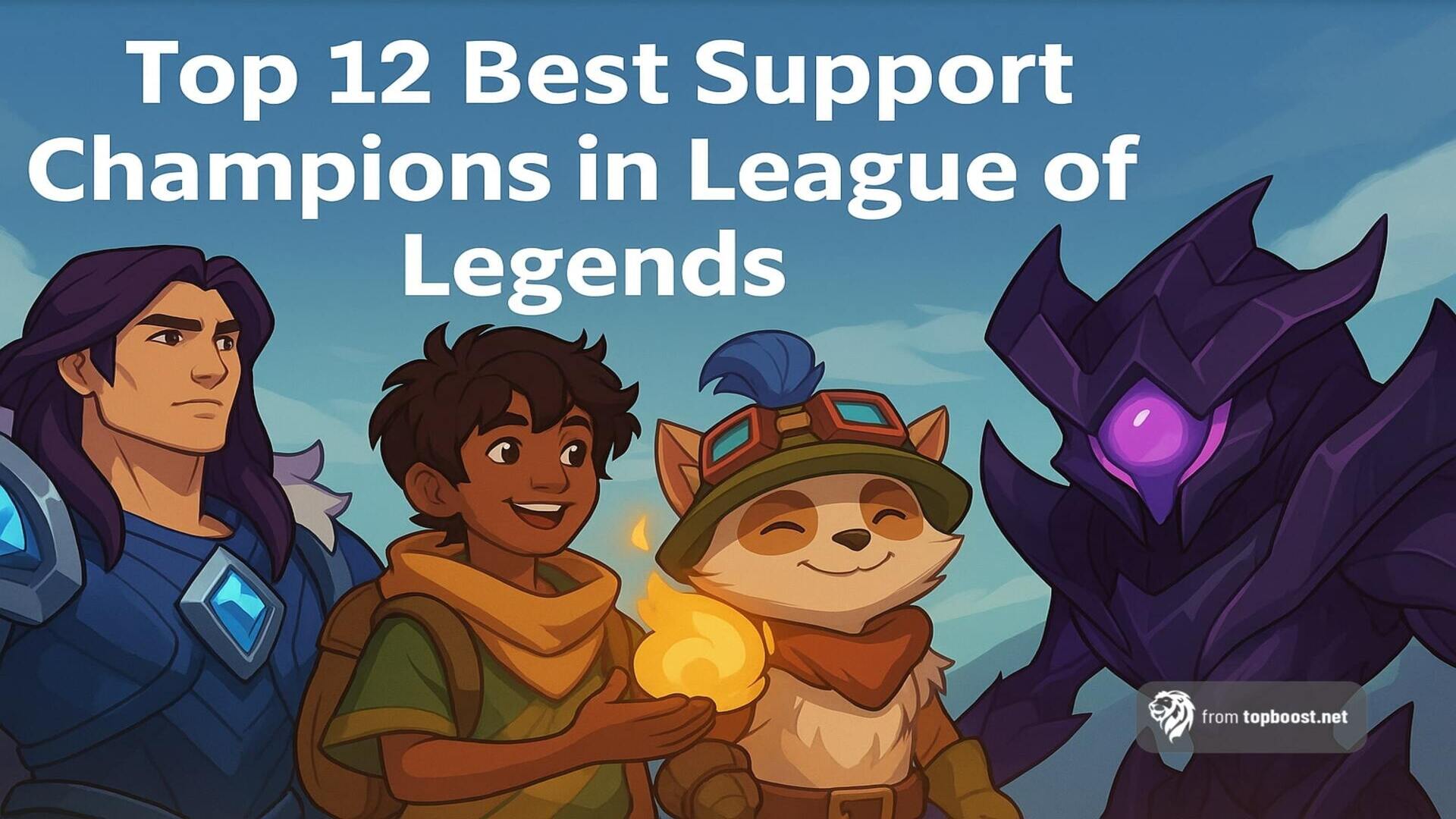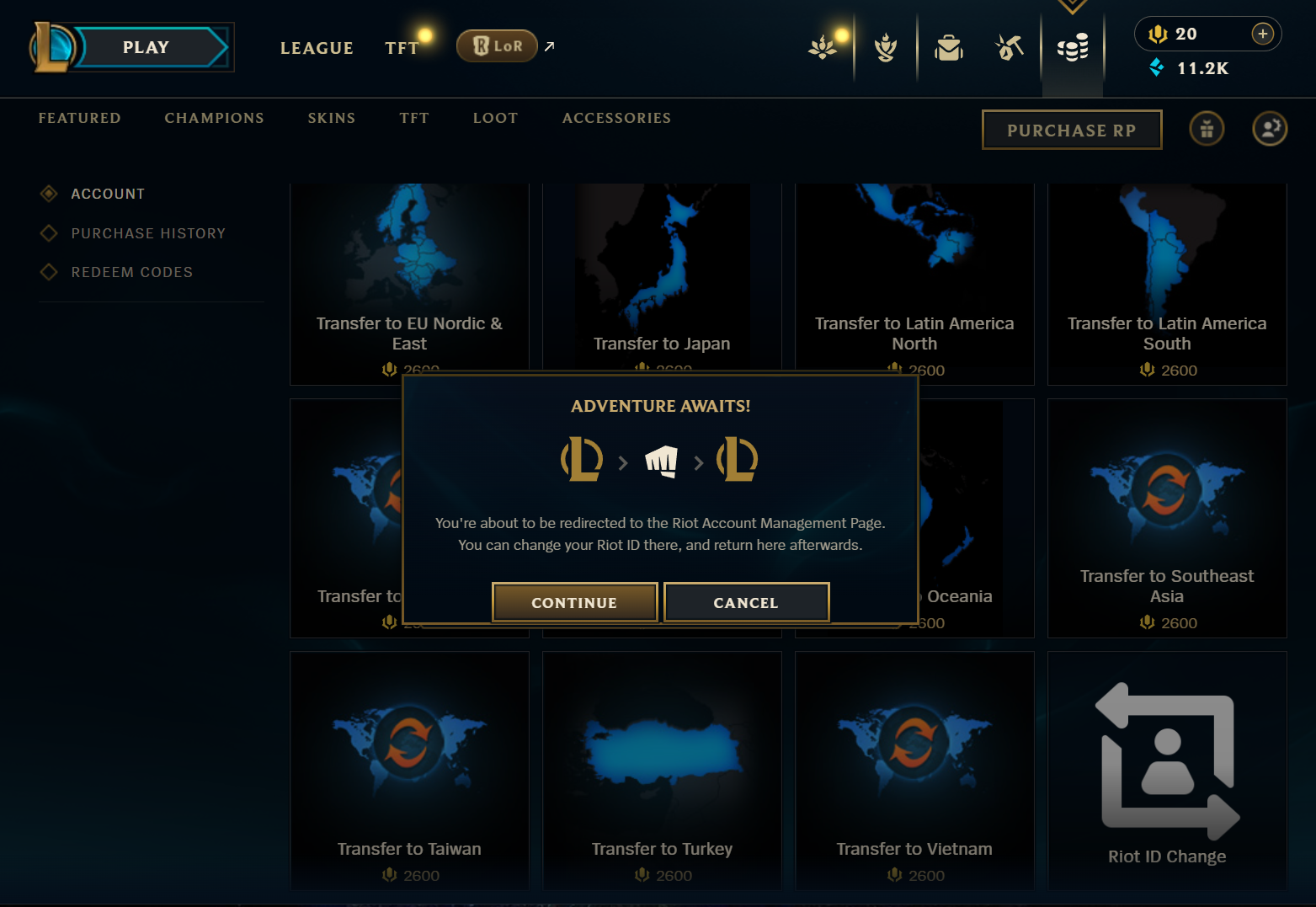In the world of League of Legends, there are many strategies and techniques that can be employed to gain an advantage over your opponents. One such technique is slow pushing, a method that involves manipulating minion waves to create pressure on the enemy team and gain control of the map. Mastering this technique is crucial for winning games, as it can give you an edge in lane, lead to objectives, and ultimately secure victory.
Understanding the Basics of Slow Pushing in League of Legends
Slow pushing refers to the deliberate manipulation of minion waves to create a slow and steady push towards the enemy's base. This is achieved by allowing your minions to accumulate and build up in numbers before pushing them towards the enemy tower. By doing so, you create a wave that is difficult for the enemy team to clear quickly, forcing them to allocate resources to deal with it.
The impact of slow pushing on minion waves and tower pressure is significant. As the wave builds up, it becomes more difficult for the enemy team to clear it efficiently, allowing your minions to deal damage to their towers. This puts pressure on the enemy team to respond, as neglecting the wave can result in lost towers and map control.
The Importance of Slow Pushing in Winning Games
Slow pushing can give you a significant advantage in lane. By creating a large wave that crashes into the enemy tower, you force your opponent to choose between farming under tower and potentially missing CS or roaming to help their team, leaving their tower vulnerable. This puts you in a position of power, allowing you to dictate the pace of the game and control the flow of objectives.
Furthermore, slow pushing creates pressure on the enemy team. As the wave builds up, it becomes increasingly difficult for the enemy team to clear it quickly, forcing them to allocate resources to deal with it. This opens up opportunities for your team to take objectives uncontested or engage in favorable team fights while the enemy team is preoccupied with clearing waves.
Slow pushing also contributes to map control. By creating a slow and steady push towards the enemy's base, you gain control over the map and force the enemy team to respond. This allows your team to set up vision, deny resources from the enemy team, and secure objectives more easily.
Identifying the Right Time to Start Slow Pushing
Before starting a slow push, there are several factors to consider. Firstly, you need to assess the state of the game and determine whether slow pushing is a viable strategy at that particular moment. If your team is behind or lacks map control, it may be more beneficial to focus on other strategies such as grouping or split pushing.
Recognizing opportunities for slow pushing is crucial. Look for moments when your opponent is unable to respond effectively, such as when they are forced to recall or are occupied with other objectives on the map. Additionally, keep an eye on minion wave management and identify when a wave is in a favorable position for a slow push.
Adjusting your strategy based on the game situation is essential. If your team is ahead and has control over objectives, you can afford to be more aggressive with your slow pushes. On the other hand, if your team is behind or lacks vision, it may be wiser to play more defensively and focus on maintaining control over your own side of the map.
Choosing the Right Champion for Slow Pushing
Certain champions are better suited for slow pushing due to their kit and playstyle. Champions with strong wave clear abilities, such as Anivia or Ziggs, excel at quickly clearing waves and creating pressure on the enemy team. Additionally, champions with strong split-pushing potential, such as Tryndamere or Fiora, can effectively slow push a lane while also threatening to take down towers.
When playing a champion that is good at slow pushing, it is important to adapt your playstyle accordingly. Focus on farming and building up a large wave before pushing it towards the enemy tower. Use your abilities and auto attacks efficiently to clear waves quickly and create pressure on the map. Additionally, communicate with your team to coordinate objectives and rotations based on the slow push you have created.
Using Vision to Enhance Your Slow Pushing Strategy
Vision is crucial when executing a slow pushing strategy. Placing wards in key areas can help you avoid ganks and track the enemy jungler's movements. This allows you to push safely and create pressure on the map without the fear of being caught out.
Vision can also be used to set up dives and take objectives. By placing wards deep in the enemy jungle, you can gain valuable information about the enemy team's movements and set up plays accordingly. This allows you to coordinate with your team and secure objectives while the enemy team is preoccupied with clearing waves.
Minimizing Risks and Avoiding Ganks While Slow Pushing
While slow pushing can be a powerful strategy, it also comes with risks. To stay safe while pushing a wave, it is important to have vision in key areas and be aware of the enemy team's movements. Pay attention to the minimap and communicate with your team to avoid getting caught out by the enemy team.
If you find yourself in a vulnerable position and are at risk of being ganked, react quickly and decisively. Use your abilities and summoner spells to escape or turn the gank into a favorable trade. Communicate with your team and coordinate with them to collapse on the enemy team if they overextend.
External Resources for Mastering Slow Pushing
To refine your slow pushing skills, consider consulting professional guides and strategies from trusted sources like Mobalytics and ESTNN. These platforms provide valuable tips on how to better manage your waves, including slow pushing techniques:
-
Mobalytics' Wave Management Guide: Mobalytics Wave Management Guide
This guide covers all aspects of wave management and slow pushing, giving you insights into proper timing and how to leverage your waves to your advantage. -
ESTNN's Guide on Wave Manipulation: ESTNN Wave Manipulation Guide
It discusses slow pushing in greater detail, along with other manipulation techniques such as freezing and fast pushing, to help you apply pressure in various stages of the game.
What’s next?
Mastering slow pushing is a step toward strategic dominance in League of Legends. To climb faster and learn from the best, explore our LoL Boost service today.
Join our Discord for community support, tips, and giveaways.
 English
English









